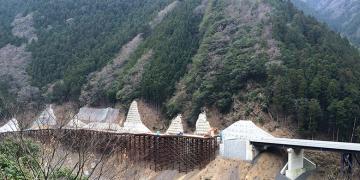Establishing an adequate institutional framework
Conducting risk assessment of geohazards and planning for both new and existing roads
Implementing structural measures to reduce the risk of road damage
Making additional non-structural risk reduction measures
Conducting post-disaster activities
